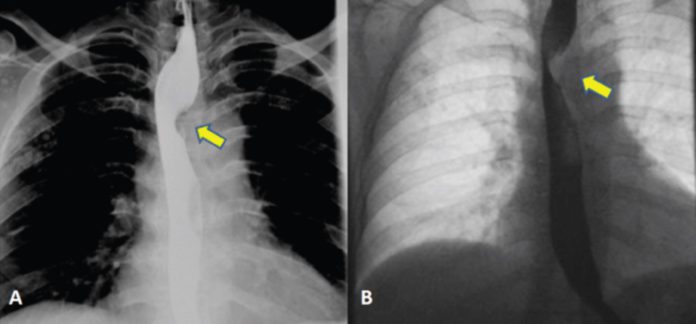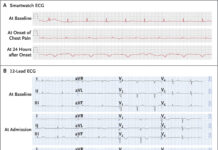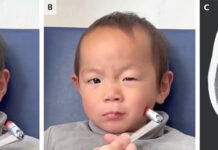
Dysphagia due to congenital anomaly presents at 50 years of age!
A 50-year-old female patient was referred with complaints of recurrent dysphagia for solids for the past 1 year. The patient pointed at her upper-middle chest when the physician asked her where she feels the food stuck.
Patient’s medical history was unremarkable. Moreover, the serological investigations were also normal.
Barium studies showed smooth extrinsic narrowing of the esophagus at the level of aortic arch.
Additionally, her doctors performed an upper gastrointestinal endoscopy which confirmed a pulsatile extrinsic compression of esophagus.
A non-contrast computed tomography scan of the chest revealed the aberrant right subclavian artery origin from the aortic arch and demonstrated esophageal compression.

The patient received a diagnosis of dysphagia lusoria
Dysphagia Lusoria:
Dysphagia lusoria is swallowing difficulty which occurs secondary to the compression of the oesophagus due to an aberrant right subclavian artery. An aberrant right subclavian artery is not an uncommon congenital anomaly. Its prevalence is between 0.5% to 1.8%. However, not all individuals with an aberrant SC artery exhibit symptoms. In fact, only one-third of the affected patients present with symptoms. Out of them, 90% present with dysphagia. Therefore, swallowing difficulty due to compression by an aberrant vessel is one of the rare causes of dysphagia.
If the anomaly of the vessel is congenital, how do patients present with symptoms in adulthood?
One of the possible reasons behind the later presentation of the individuals with dysphagia lusoria is that with age, the flexibility of the esophagus decreases and the chances of esophageal compression by progressive aneurysmal dilatation of the aberrant artery increase. Moreover, with age, the arteriosclerosis-induced rigidity of the vessel wall also increases.
The best method to evaluate the extrinsic compression of the esophagus is barium esophagram. Also, computed tomography scan and magnetic resonance imaging are additional methods for confirming the diagnosis and for planning the management approach.
Proton pump inhibitors are the first line of treatment in patients who are treated conservatively. For those with severe symptoms, surgical repair and reconstruction of the aberrant vessel are the options.
References:
Cengiz A, Arslan S, Durmaz MS, Alkan E, Erdogan H, et al. (2016) A Rare Cause of Persistent Dysphagia: Dysphagia Lusoria. Clin Med Img Lib 2:051. doi.org/10.23937/2474-3682/1510051



